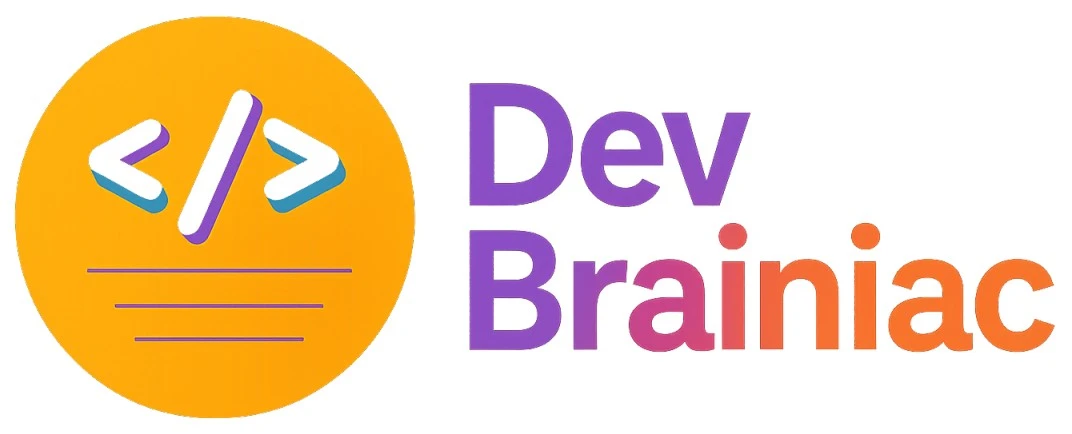Master the Top Design Patterns for Interviews
If you are preparing for system design or low-level design (LLD) interviews, learning Design Patterns is no longer optional, it’s essential.
In software development, design patterns are proven, reusable solutions to commonly occurring problems in software design. They are not ready-to-run code but general templates that can be applied to solve design challenges in a systematic way.
Originally popularized by the Gang of Four (GoF) in their book “Design Patterns: Elements of Reusable Object-Oriented Software”, these patterns are now essential for building scalable, maintainable, and efficient applications.
They are not code snippets, they are concepts and approaches that guide architecture and class structure.
Why Are Design Patterns Important in Interviews?
Design Patterns often appear in
- LLD Rounds (Design a Logger, Pizza Builder, etc.)
- System Design Discussions (Scalable Notification System, Payment Gateways)
- Project Discussions (Refactoring, SOLID principles)
Interviewers want to see how well you design systems, not just solve algorithms.
Top Design Patterns for Interviews (Categorized by Frequency)
Tier 1: Must-Know Patterns (Frequently Asked)
These patterns show up in 90% of LLD interviews.
Tier 2: Good-to-Know Patterns (Occasionally Asked)
These may come up in deeper design questions or senior-level interviews.
Tier 3: Advanced Patterns (Rarely Asked Directly)
Not commonly asked, but useful for design discussions and system architecture.
Basic Format of a Design Pattern
Each design pattern typically includes the following elements
Real LLD Interview Problems and Matching Patterns
Final Thoughts
Mastering design patterns helps you stand out in LLD/System Design rounds, they show your thinking, architecture skills and design maturity.
Whether you’re building scalable backend systems or designing object-oriented solutions, design patterns will be your superpower.
